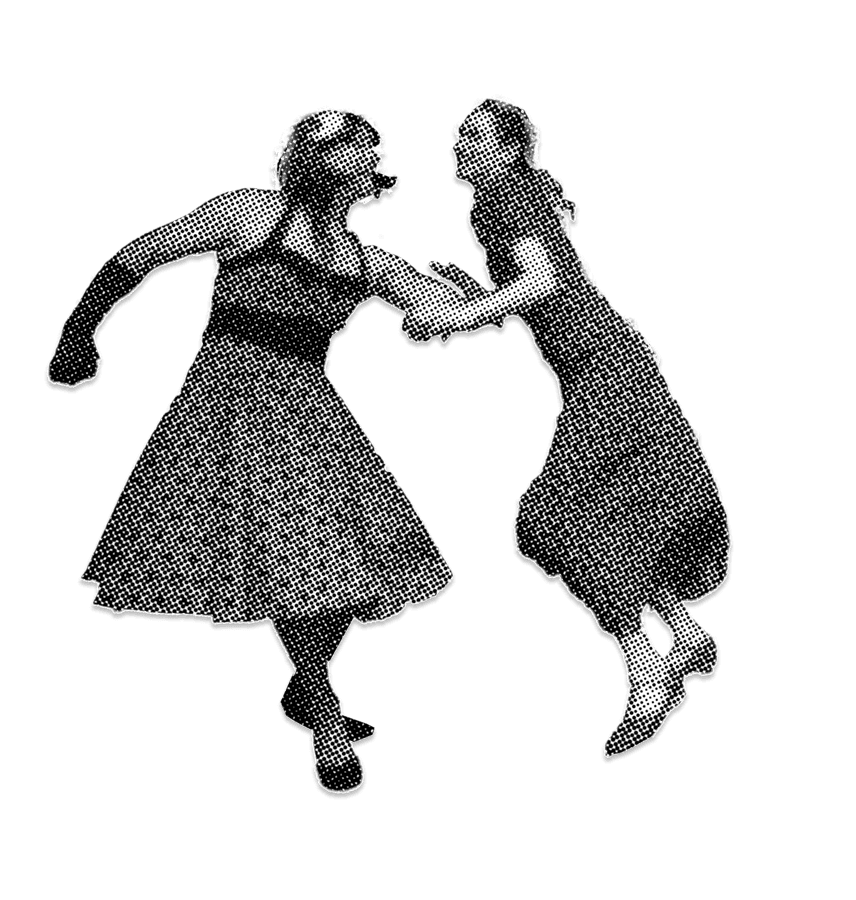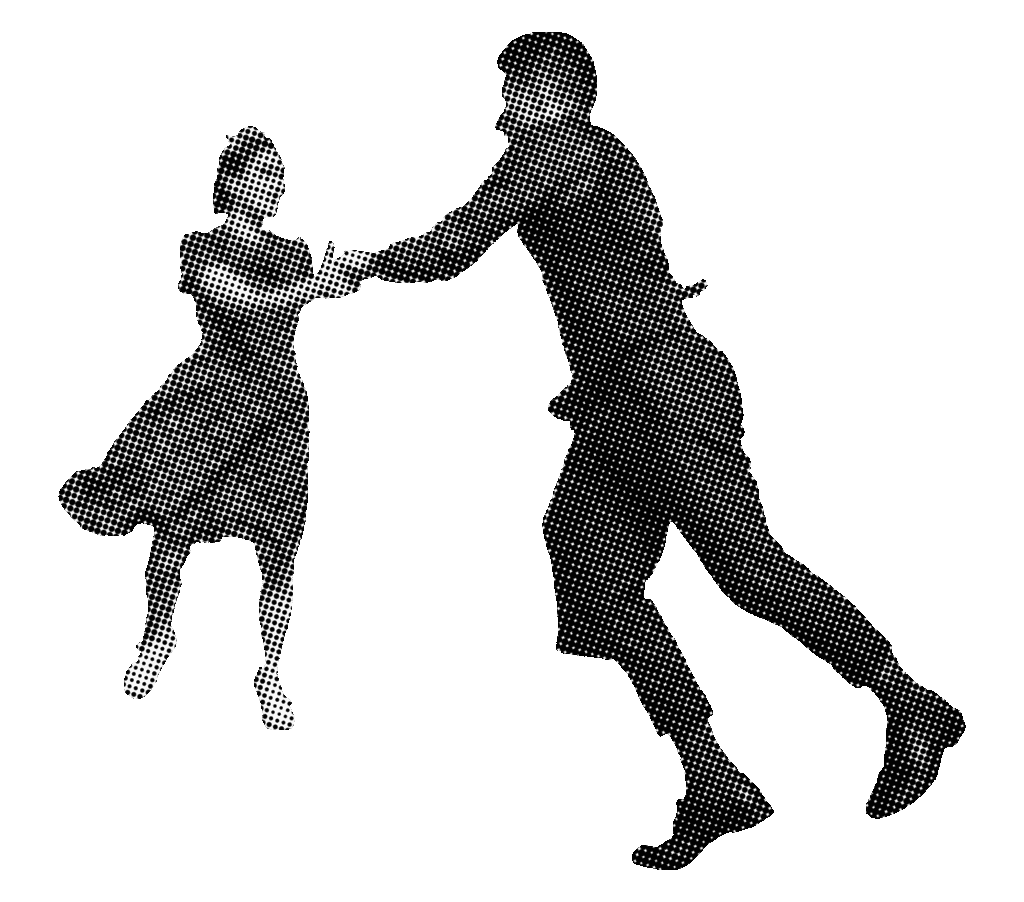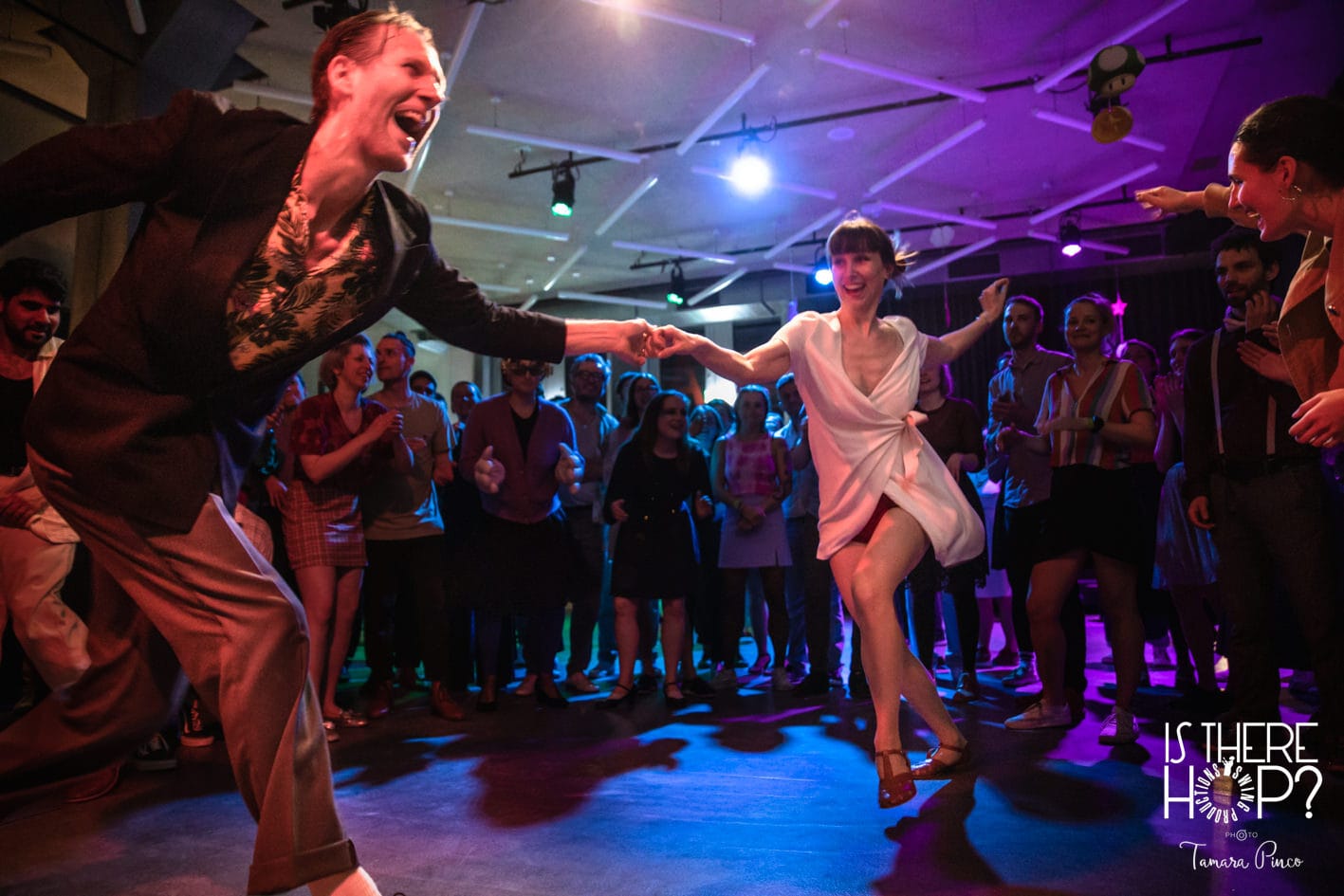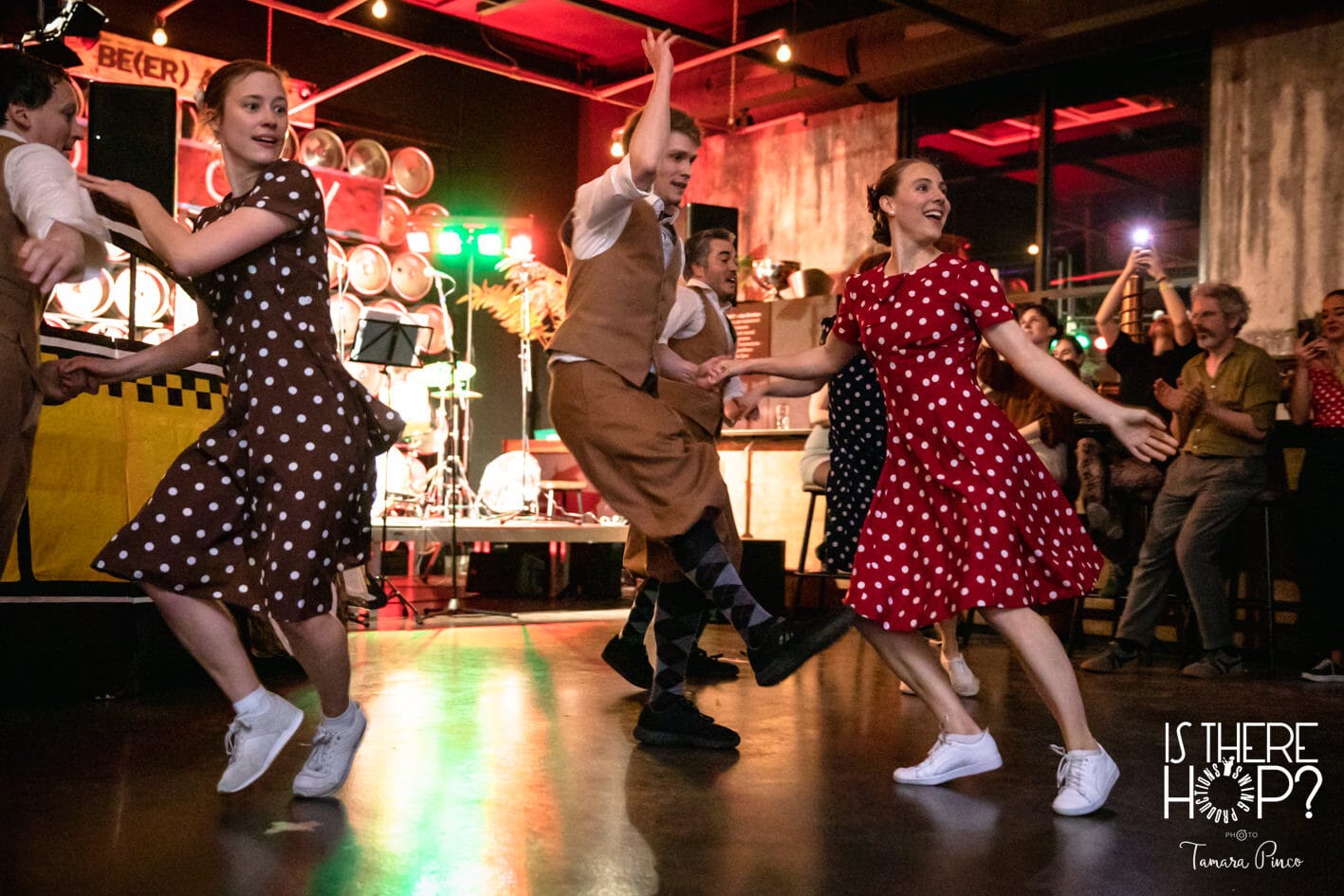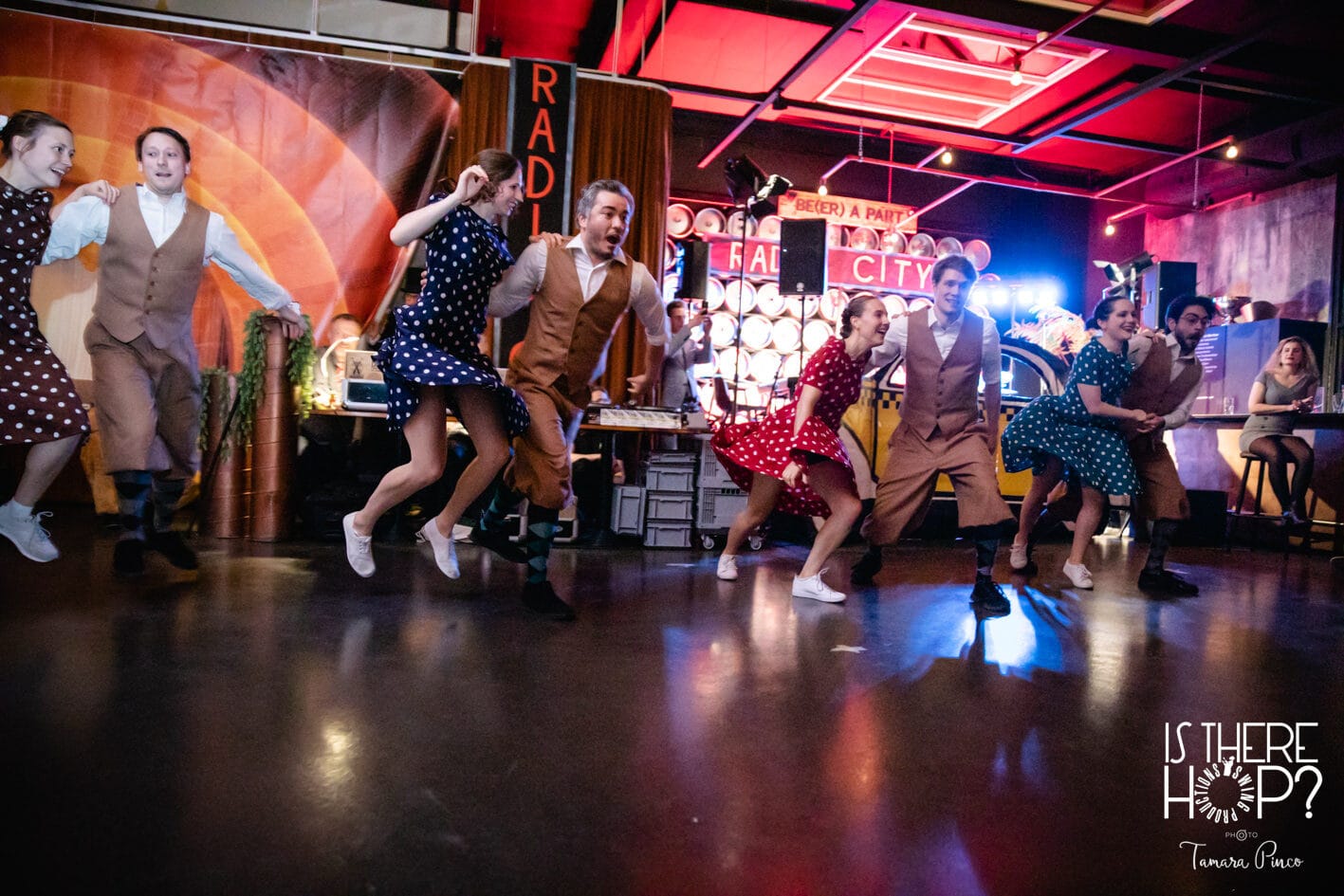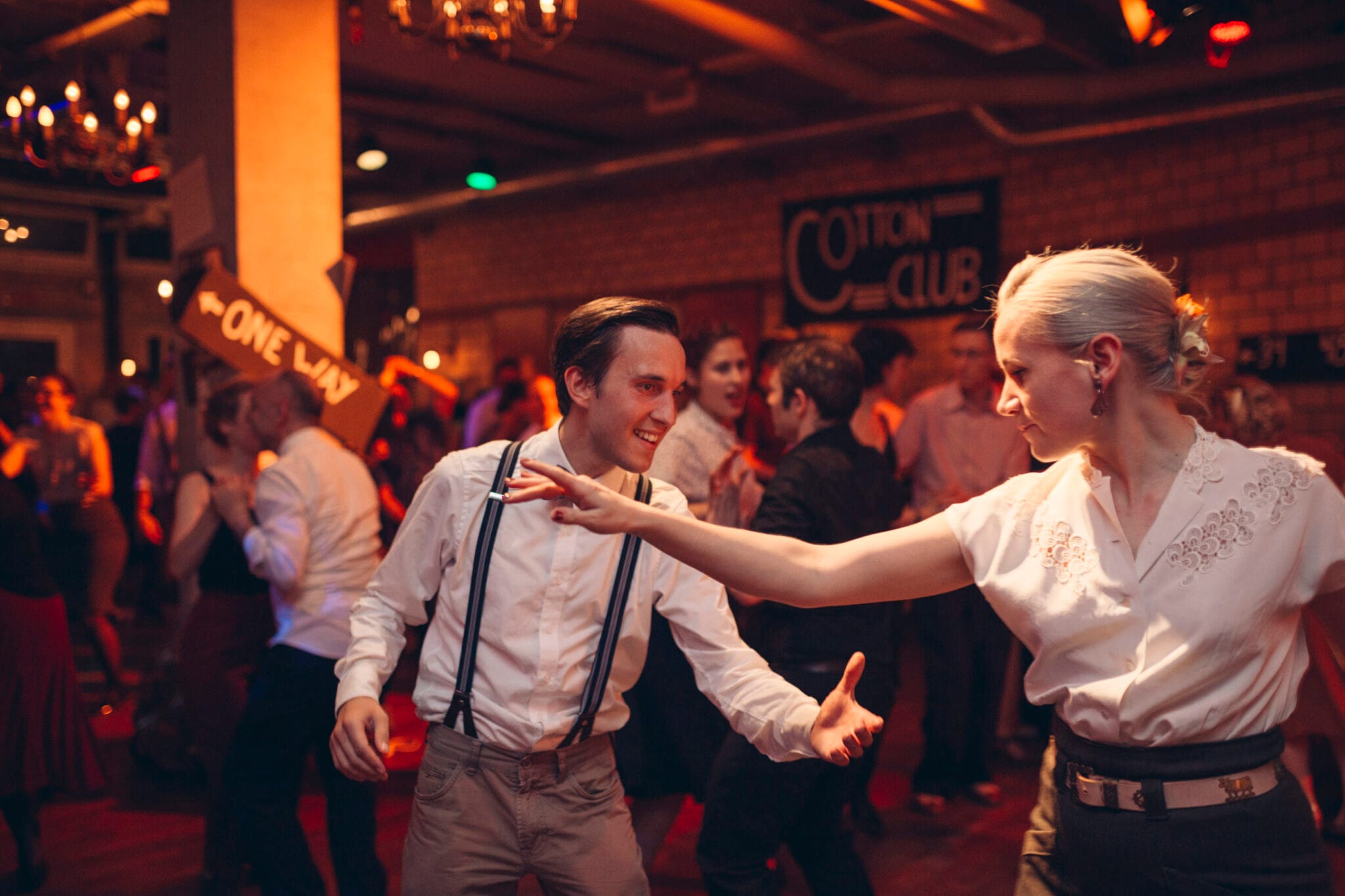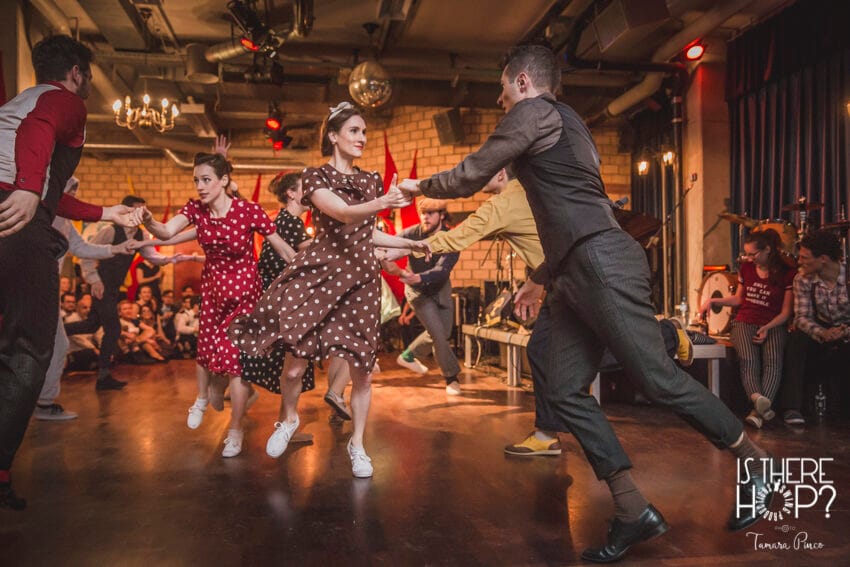Solo jazz
Solo jazz, also known as vernacular jazz or authentic jazz, is a form of dance that is danced solo - i.e. without a partner - and has its roots in the African-American dance culture of the early 20th century. The style developed parallel to the emergence of jazz and is closely linked to the music and aesthetics of the swing era.
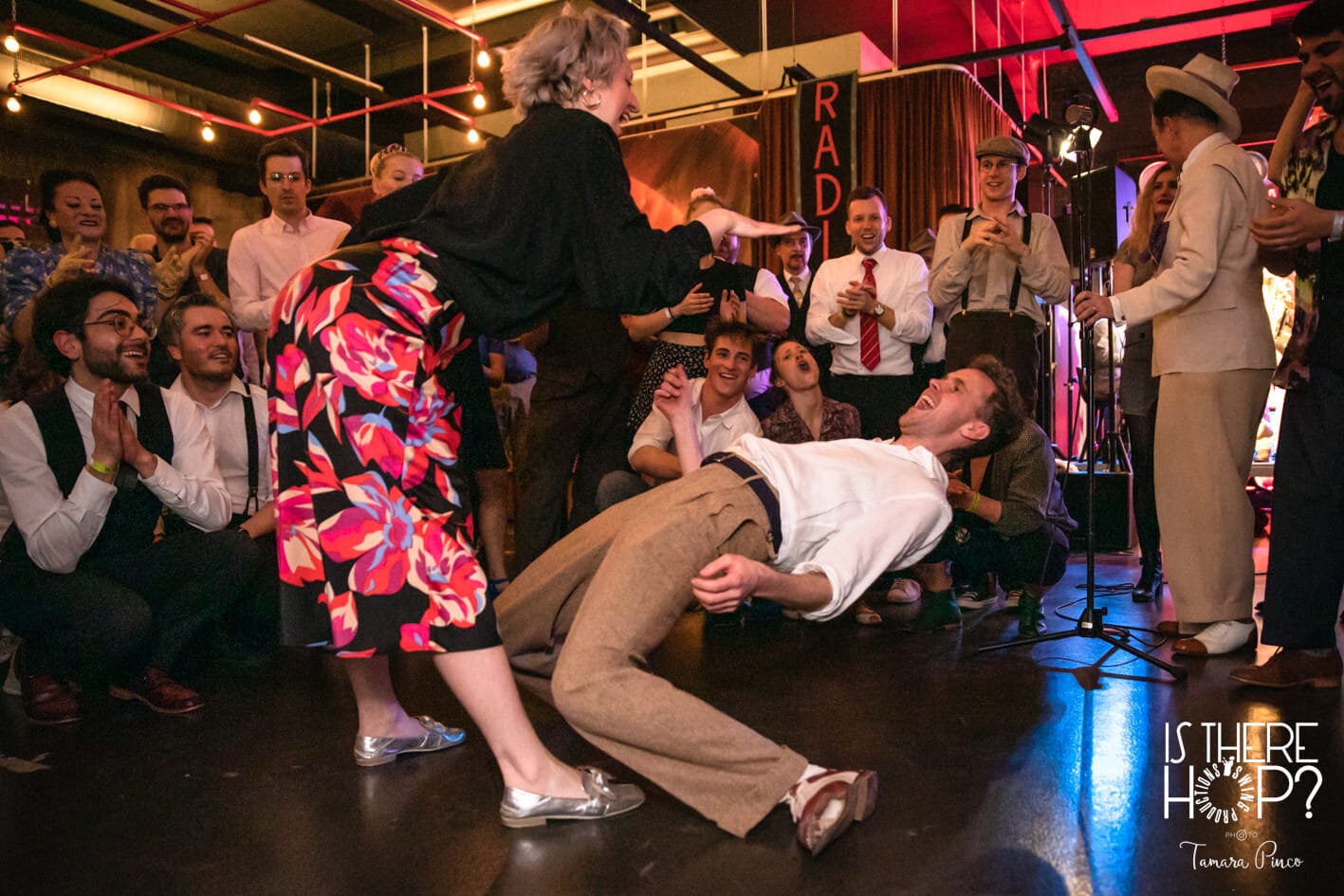
Solo jazz is characterised by rhythmic, often improvised movements that react strongly to the pulse and accents of the music. Dancers use their whole body - feet, arms, hips and upper body - to "play" with the music. Well-known steps such as the Charleston, Suzie Q, Tacky Annie or Apple Jacks are included as well as stylised movements reminiscent of African-American social dances or stage choreography.
Solo jazz was not only danced at parties and in ballrooms, but was also developed further by professional performers, for example in vaudeville shows or in the famous Apollo Theatre in Harlem. The dance group "Whitey's Lindy Hoppers" in particular combined solo jazz with couple dance forms such as Lindy Hop and popularised the fluid transitions between solo and partner work.
In today's dance scene, solo jazz is an independent area within the Swing-community. It is practised both as an expressive dance and as technique training for other swing dances. Many dancers appreciate the creative freedom that solo dance offers and the opportunity to deepen their musical understanding, body tension and personal expression. Solo jazz is often also part of choreographed pieces or improvisation battles and is taught at festivals and workshops worldwide.
